The model documents the facade structure of a building in Schwäbisch Gmünd, constructed for the State Garden Show 2014 as a presentation area for gold, silver, and design. In the competition, the design team isin Architekten was awarded the contract, while the engineering firm Klöckner GmbH from Nistertal carried out the calculations using RSTAB and RFEM. Wind load analyses were carried out on the basis of wind tunnel tests by I.F.I. GmbH from Aachen. The 3D model illustrates modern solutions in steel structures as well as aluminum and lightweight structures. It is an innovative concept that underlines the identity of Schwäbisch Gmünd as a gold and silver city.
| 5 star | ||
| 4 star | ||
| 3 star | ||
| 2 star | ||
| 1 star |
Spectacular Facade Solution in Schwäbisch Gmünd
| Number of Nodes | 811 |
| Number of Members | 1276 |
| Number of Load Cases | 14 |
| Number of Load Combinations | 2 |
| Number of Result Combinations | 247 |
| Total Weight | 54,497 t |
| Dimensions (Metric) | 25.172 x 24.972 x 25.499 m |
| Dimensions (Imperial) | 82.59 x 81.93 x 83.66 feet |
| Program Version | 8.02.00 |
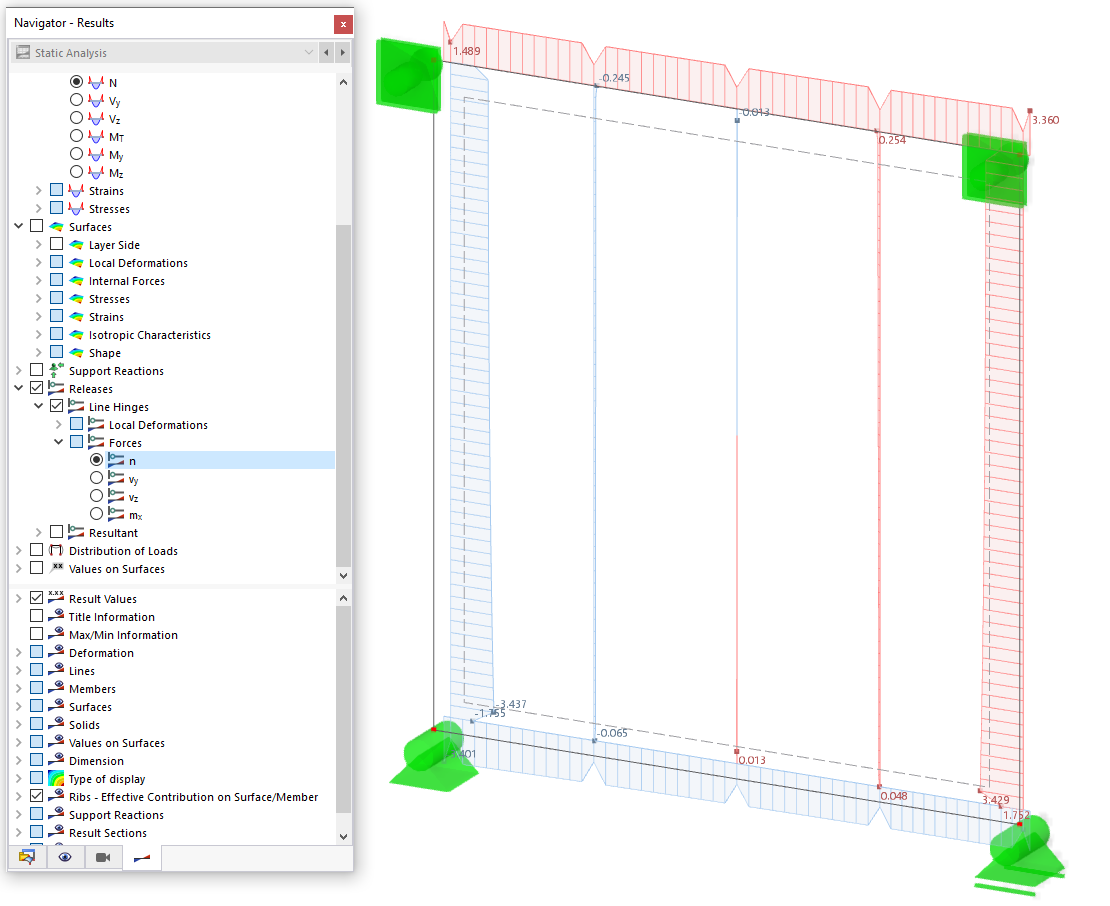
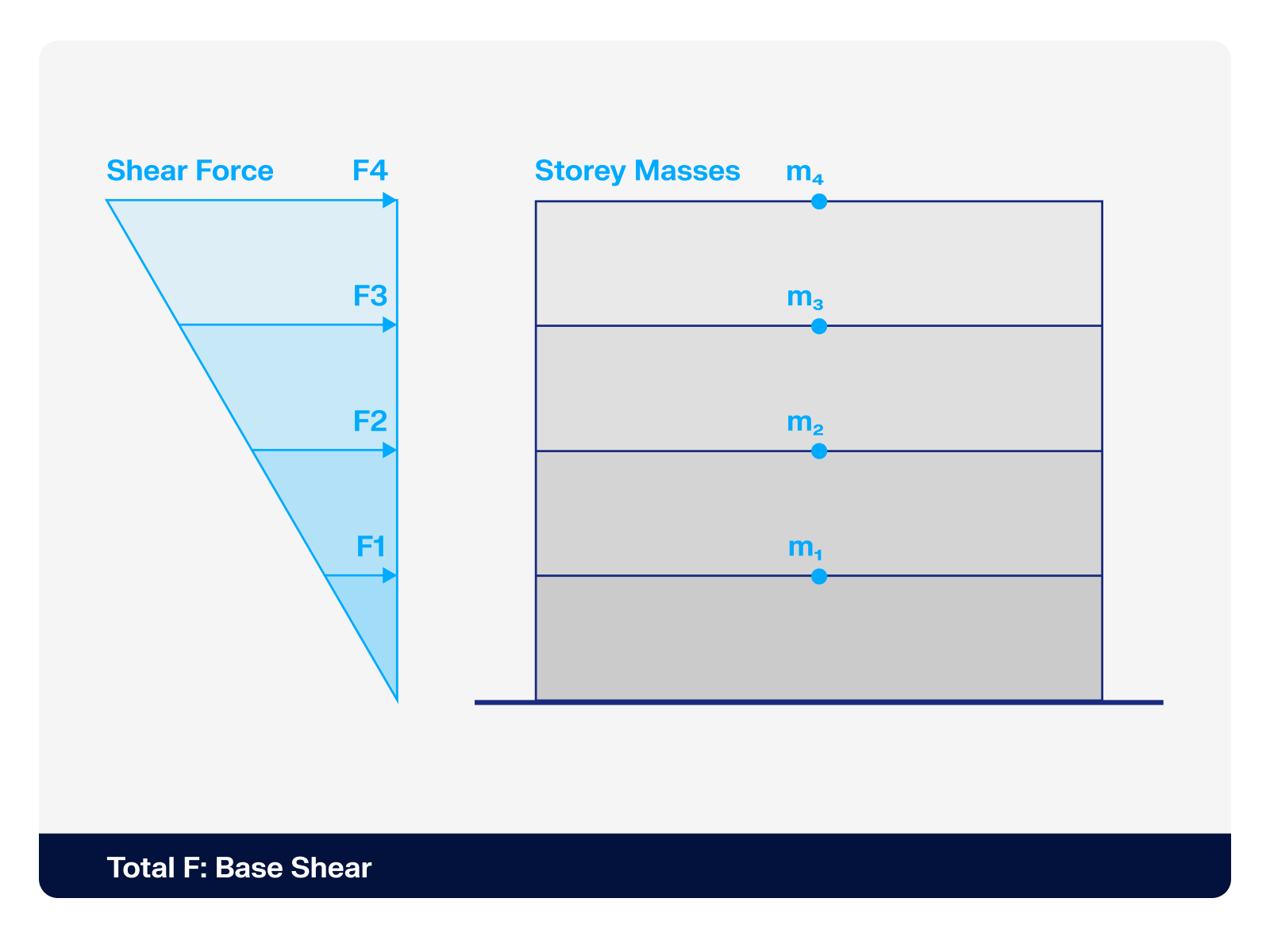.png?mw=512&hash=4a84cbc5b1eacf1afb4217e8e43c5cb50ed8d827)


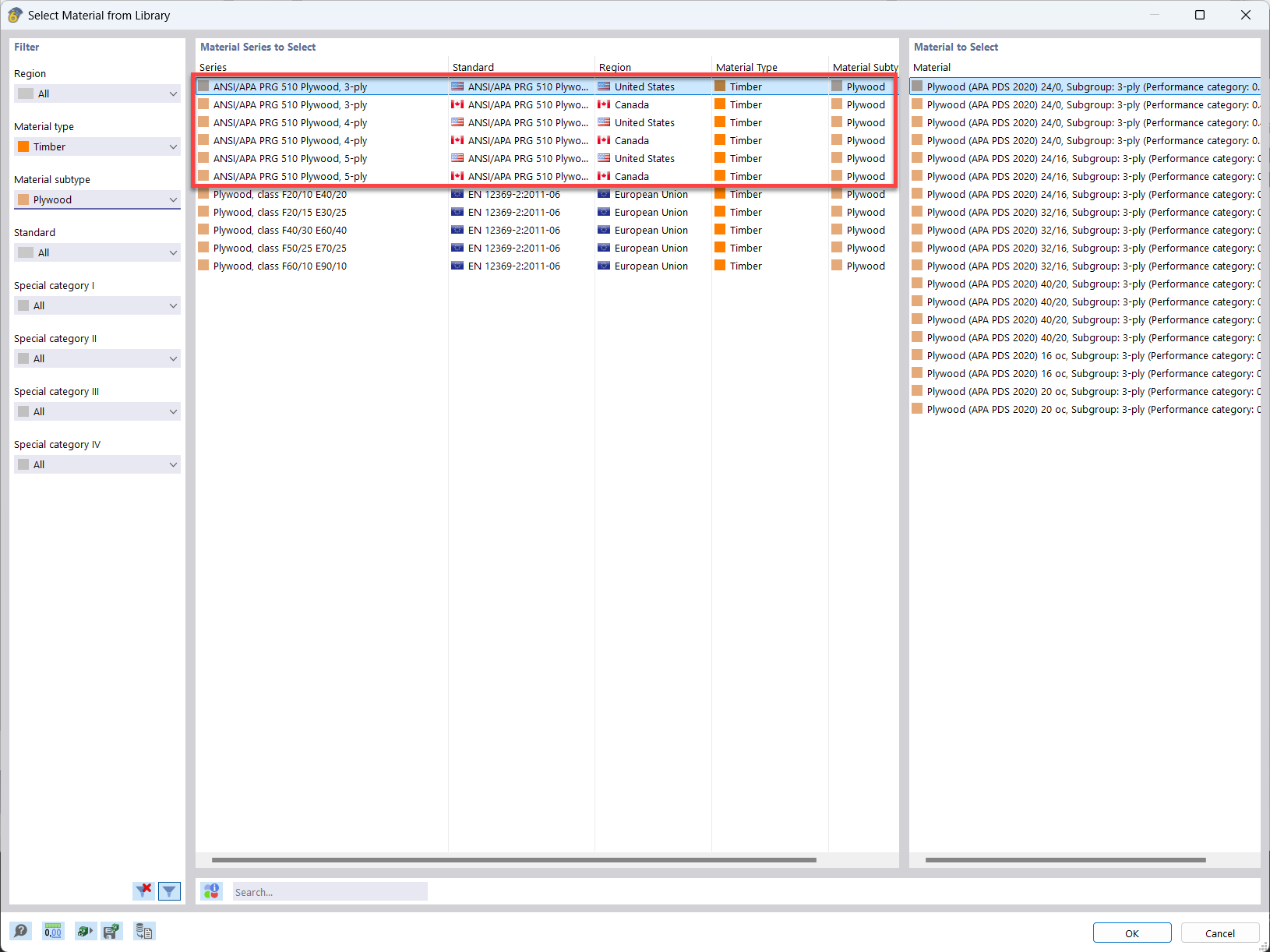
In the material library of RFEM, you can find plywood materials according to the US and Canadian standards ANSI/APA PRG 510 Plywood (USA/CAN).
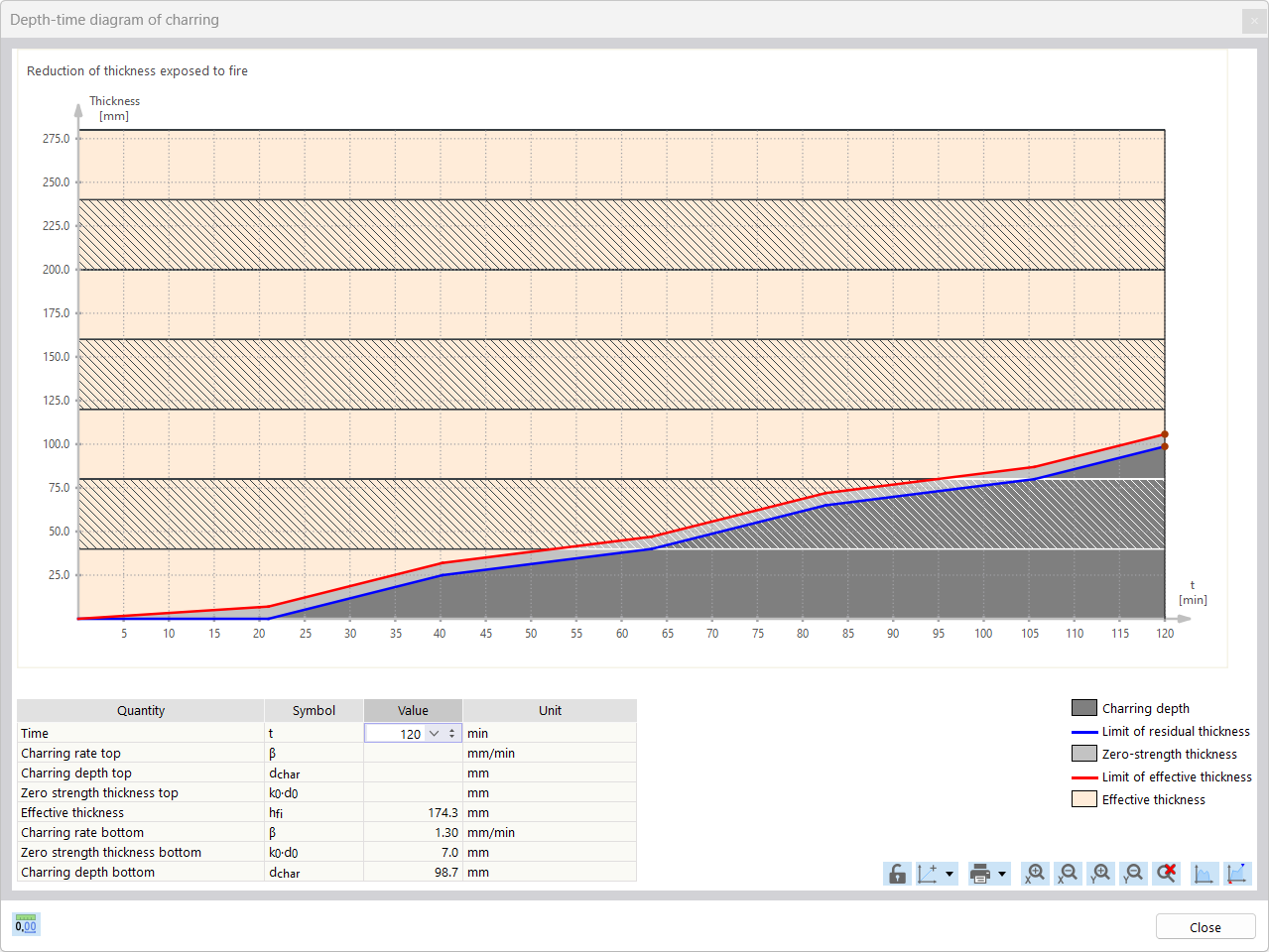
For the fire resistance design of timber surfaces, you can display a charring diagram depending on the time of fire exposure.
It is also possible to print this charring diagram into the printout report.
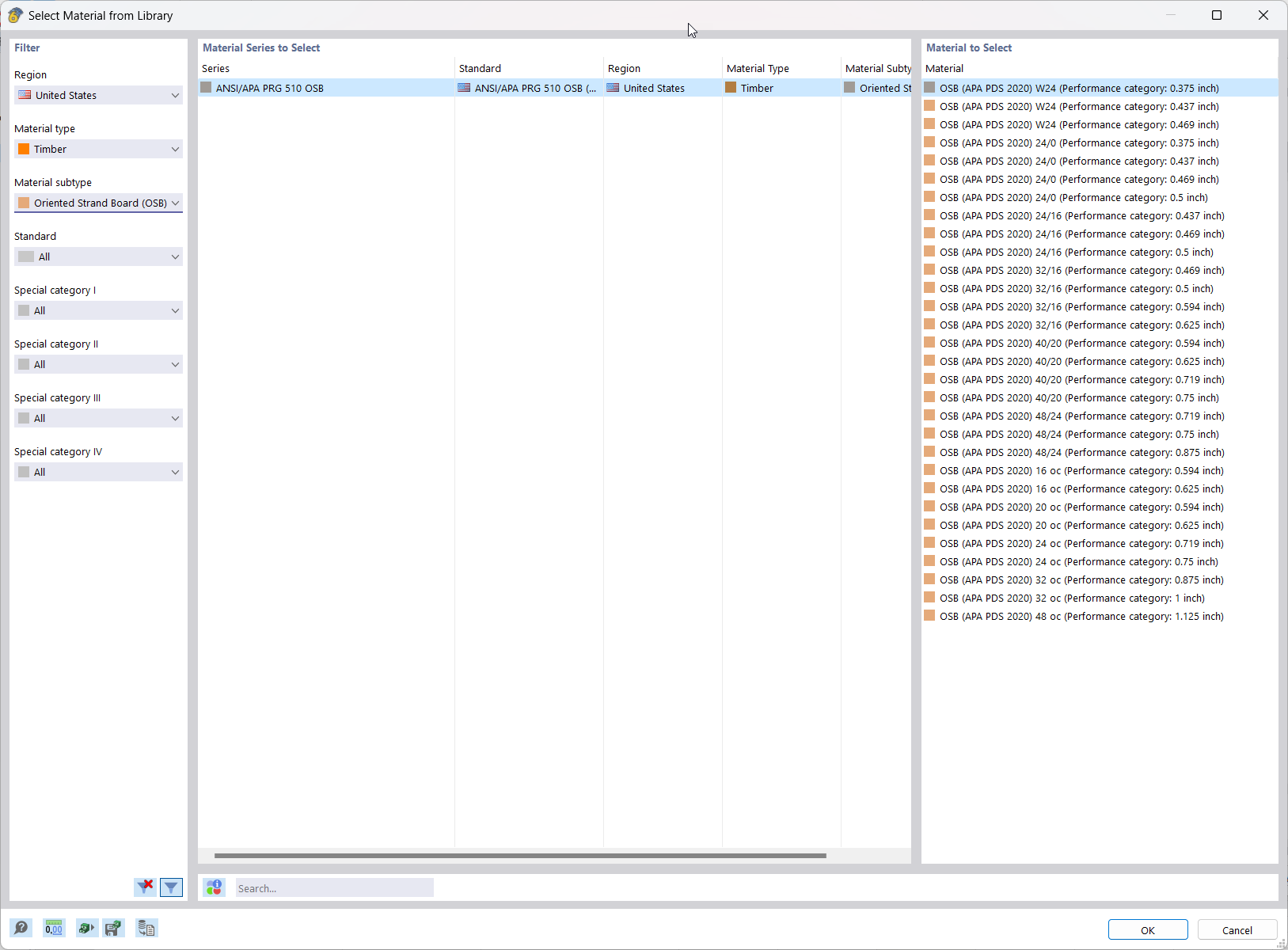
In RFEM, the oriented strand board (OSB) material is available for the USA and Canada. The material parameters are taken from the "Panel Design Specification manual".

Using the "Beam Panel" thickness type, you can model timber panel elements in 3D space. Simply specify the surface geometry and the timber panel elements are automatically generated using an internal member-surface construct, including the element connection stiffness. The Beam Panel thickness type is defined using the Multilayer Surfaces add-on.
A "beam panel" provides you with the following advantages:
- Single-sided or double-sided sheathing
- Automatic calculation of a semi-rigid coupling between studs and sheathing
- Nailed sheathing connection
- Stapled sheathing connection
- User-defined sheathing connection
- Representation as a complete geometric 3D object (frame, studs, surface, etc.), including eccentricity and automatically calculated stiffness between elements
- Consider openings via surface cells
- Design of the individual structural elements utilizing the Timber Design add-on (full shear wall design planned for a future release)
- Other material options available (e.g., particle board, gypsum, or fiberboard sheathing with cold-formed steel sections)
I have a question about the results of the serviceability limit state design: How is the increment of the dead load by the factor of 1.8 and the imposed load by 1.48 explained in the result combinations for the SLS design?
Do I need to add a line hinge/line release for the CLT wall-to-floor connection in the Building Model add-on?
.png?mw=926&hash=11cc22713e7ebff16d7d2d803c423d66bdd3d8f4)
























.png?mw=350&hash=22d4cc5696e7961e8d9ee2a7db1c2f74839b0477)














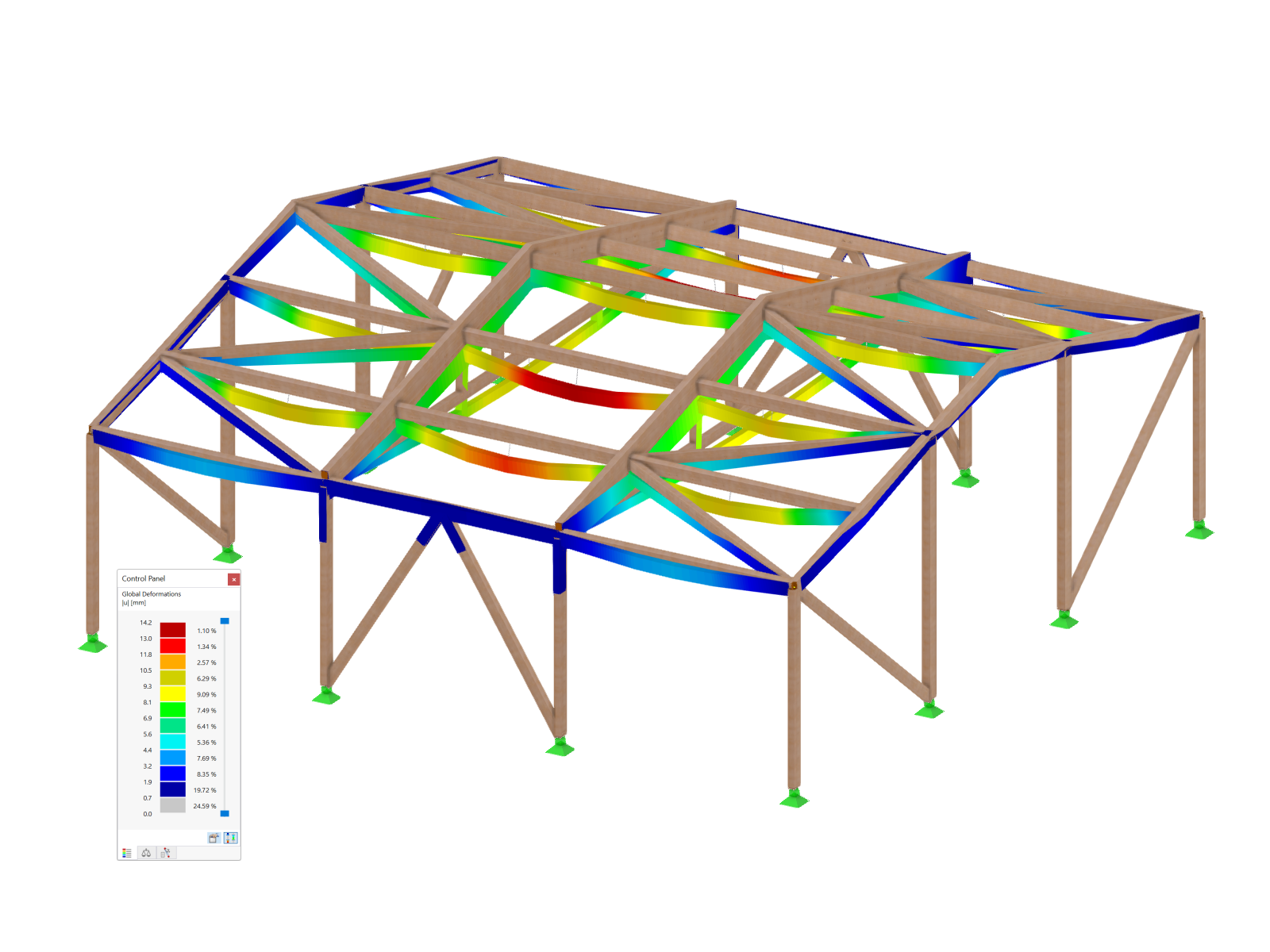
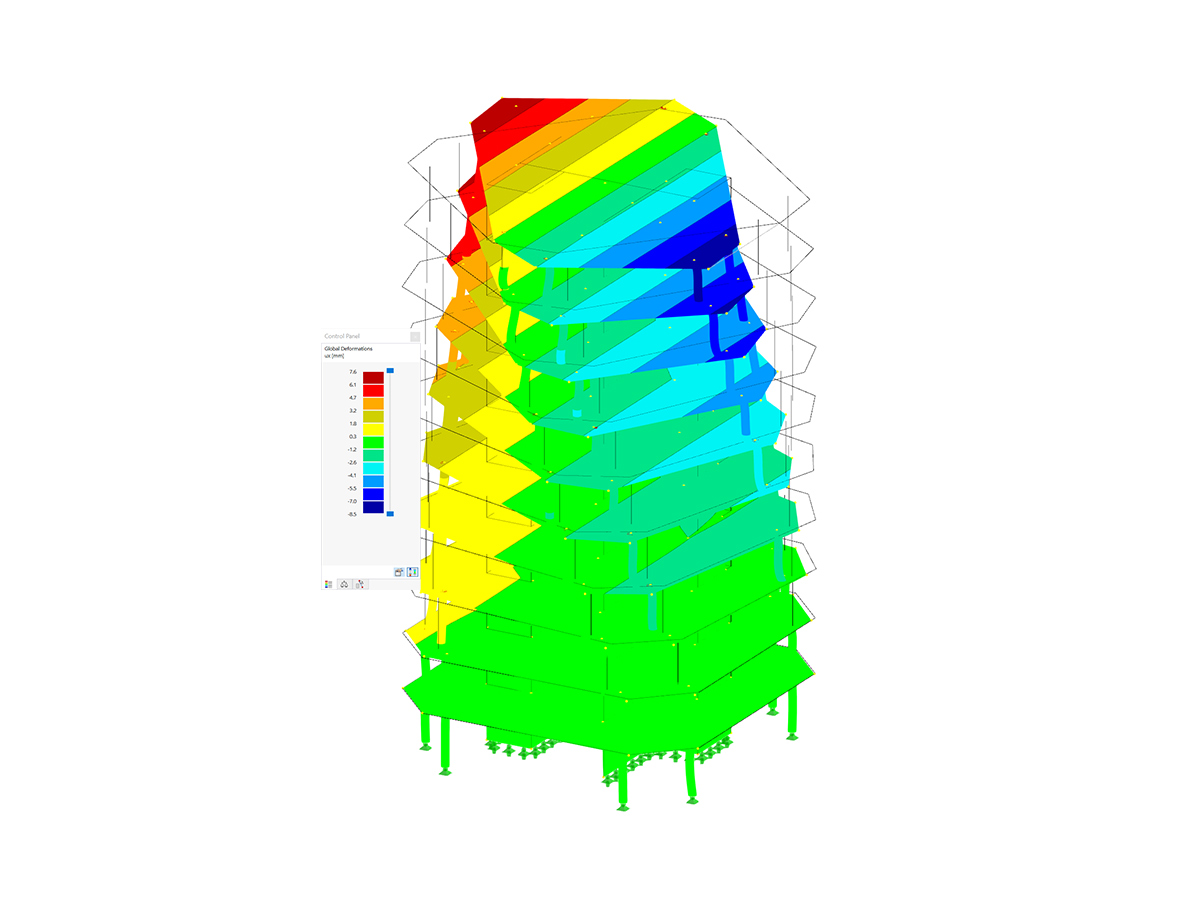
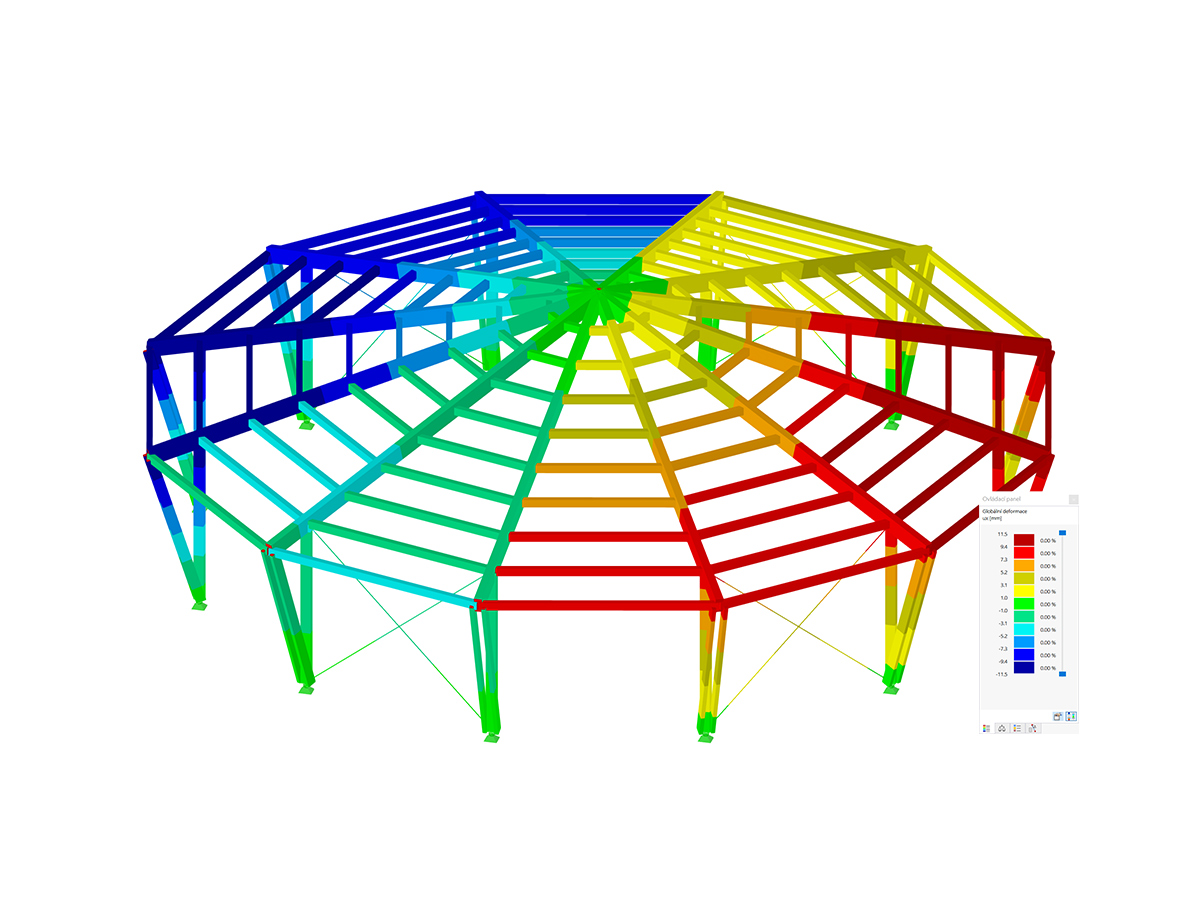







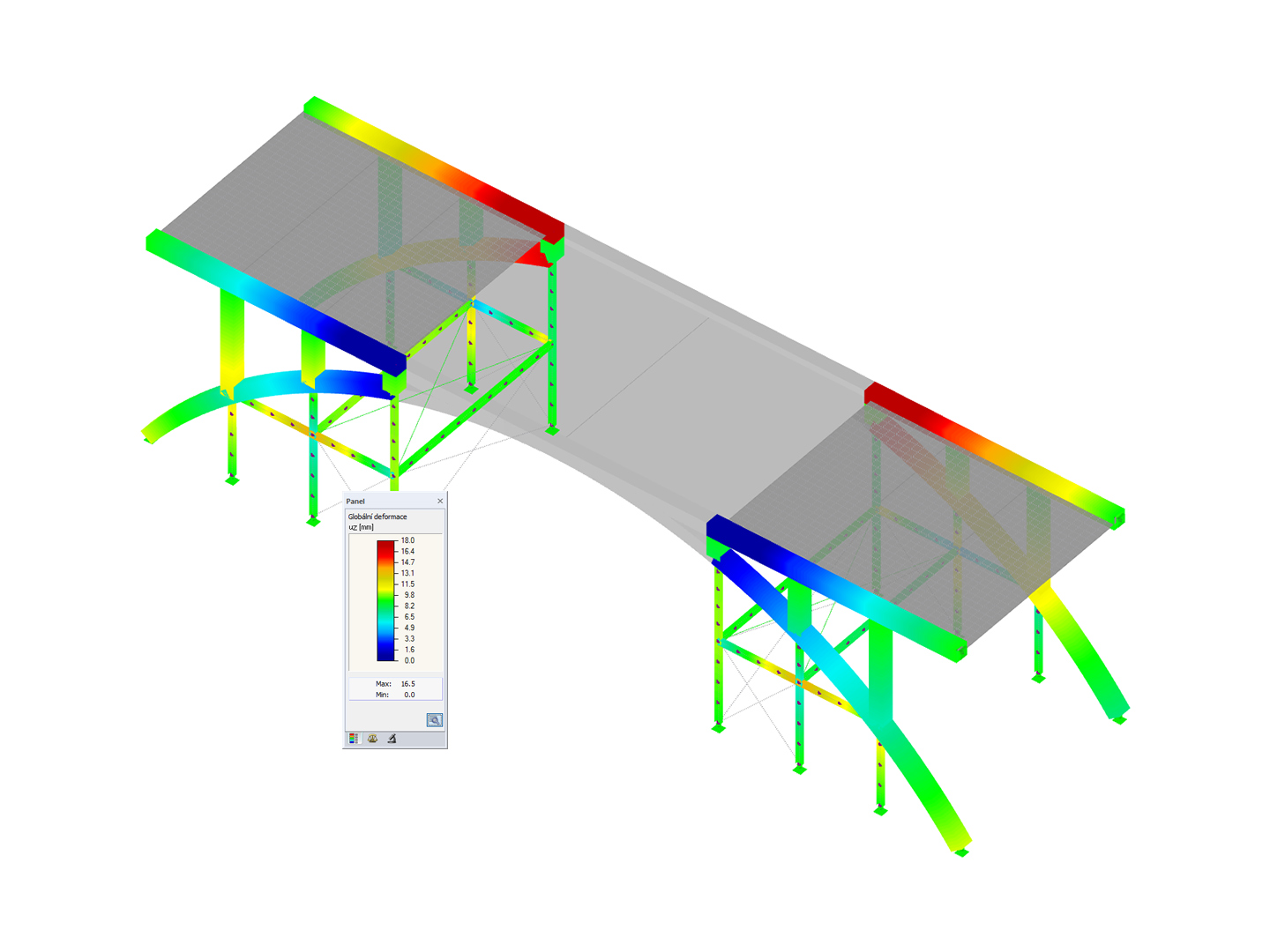
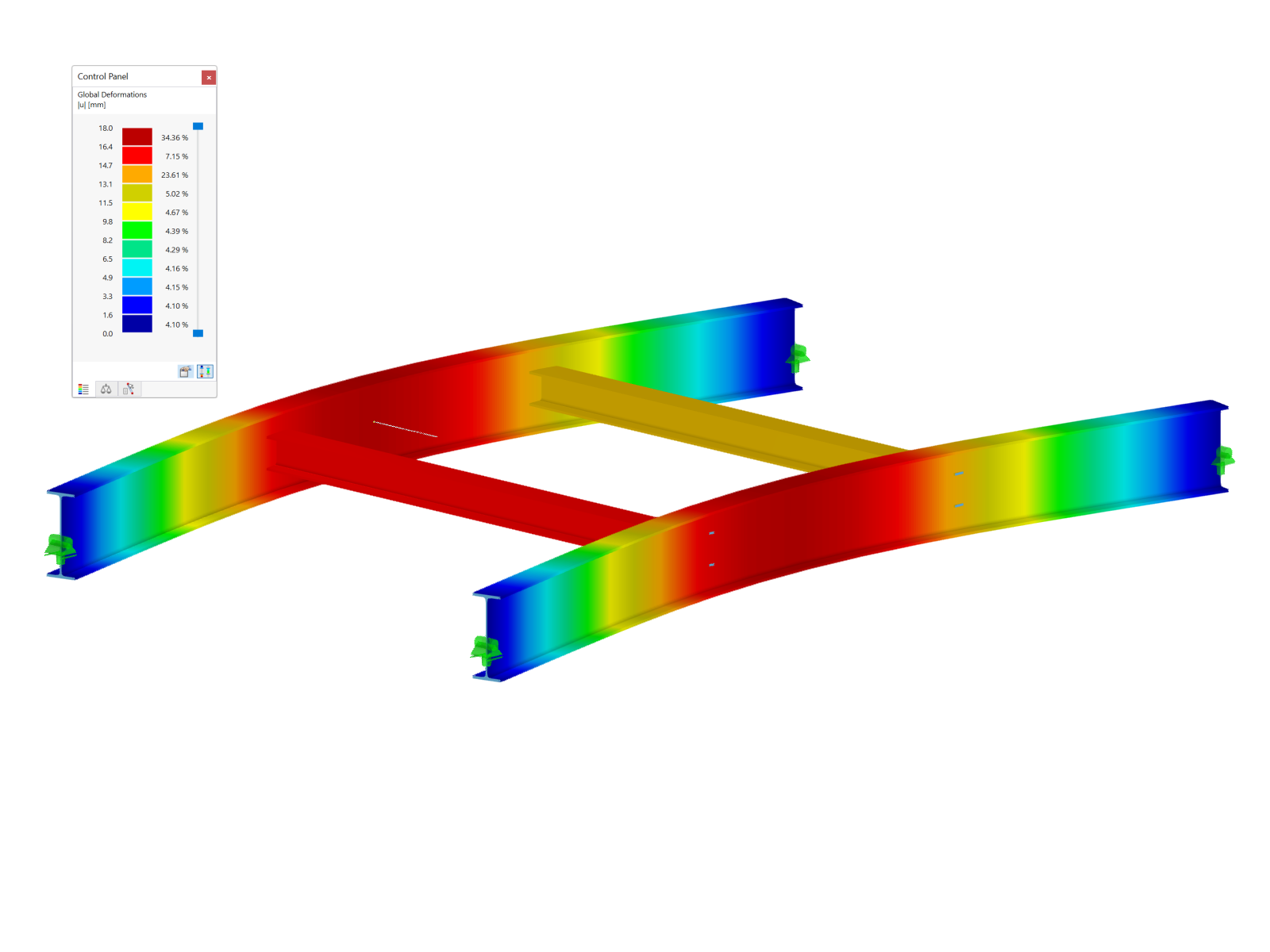
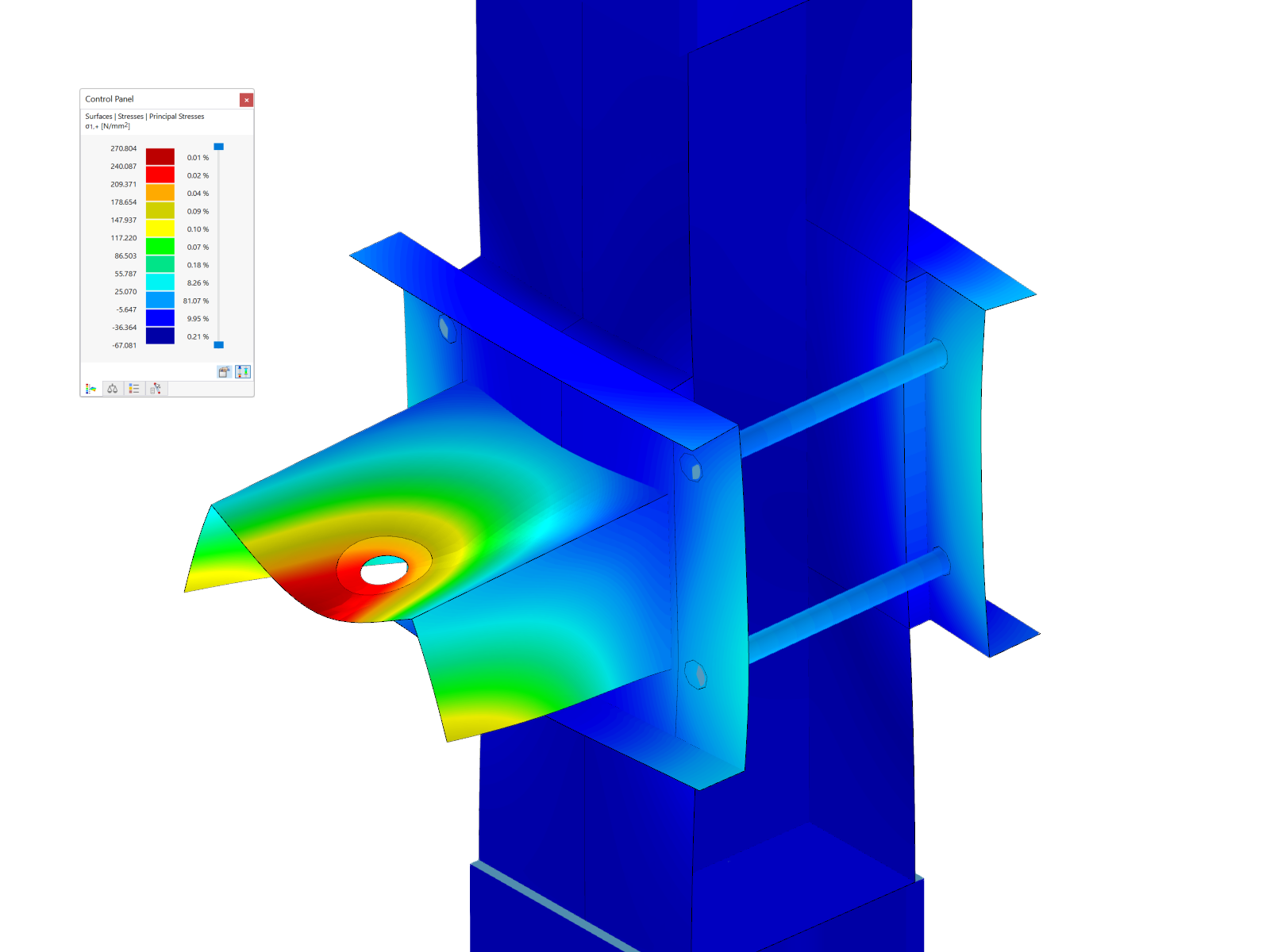
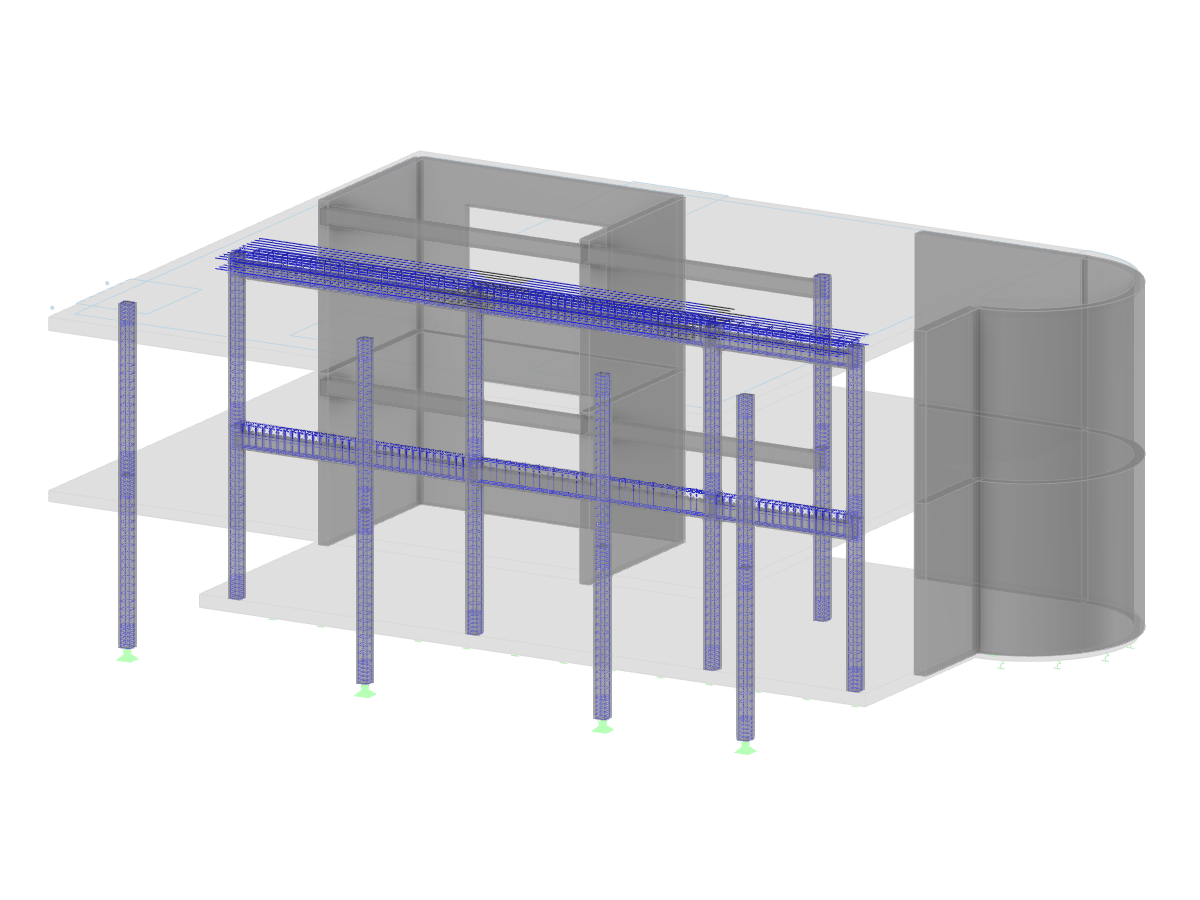

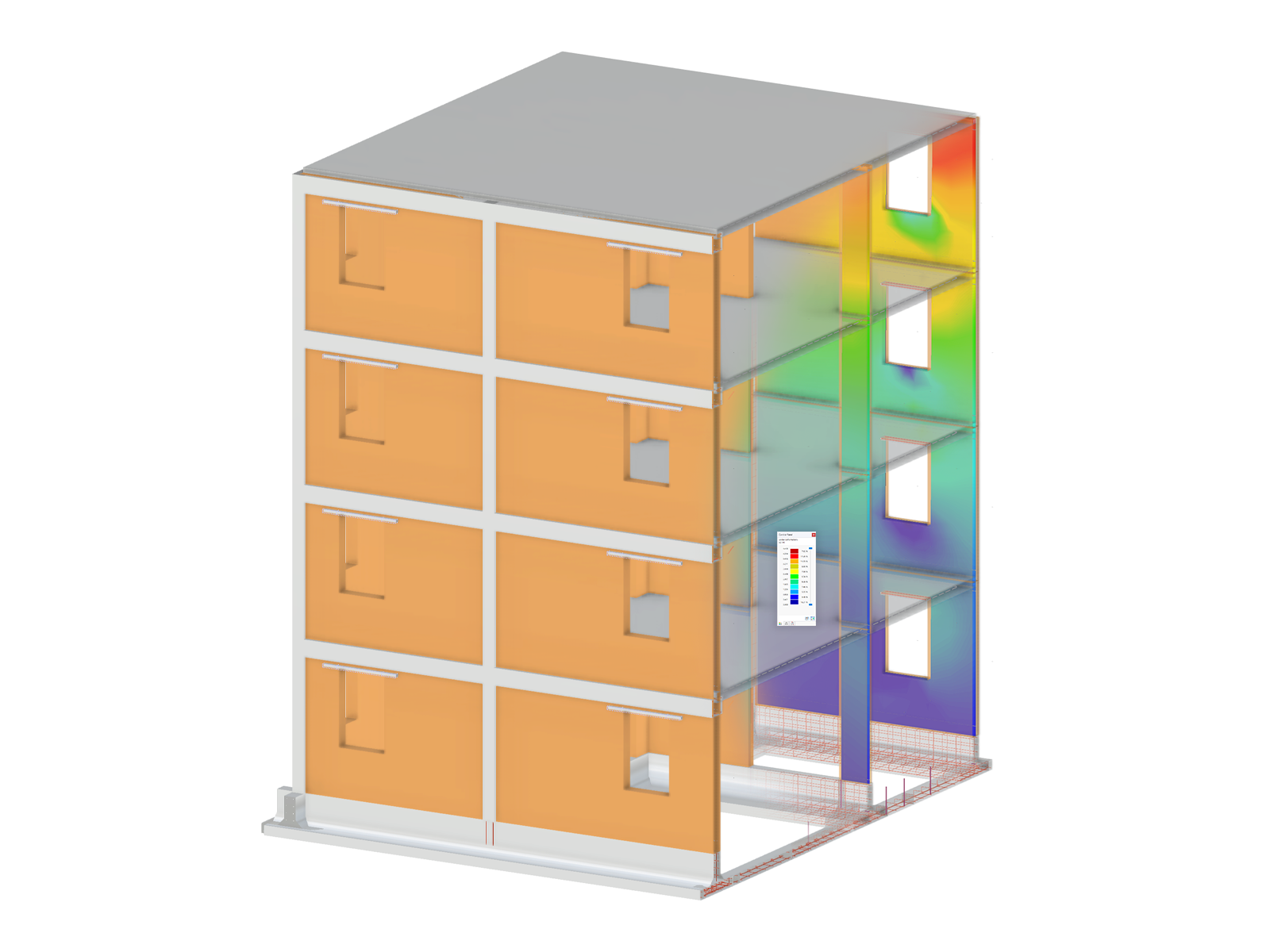
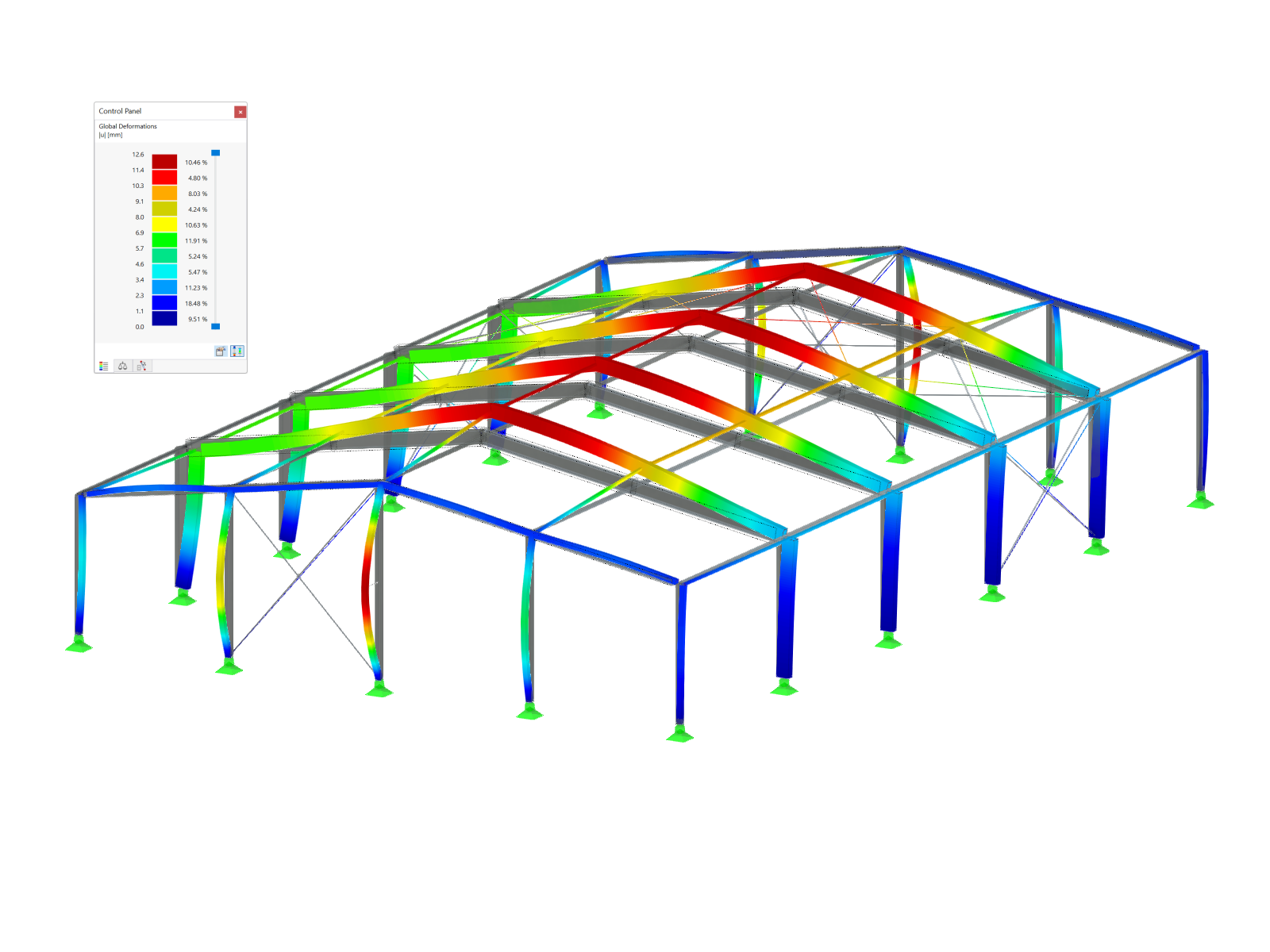
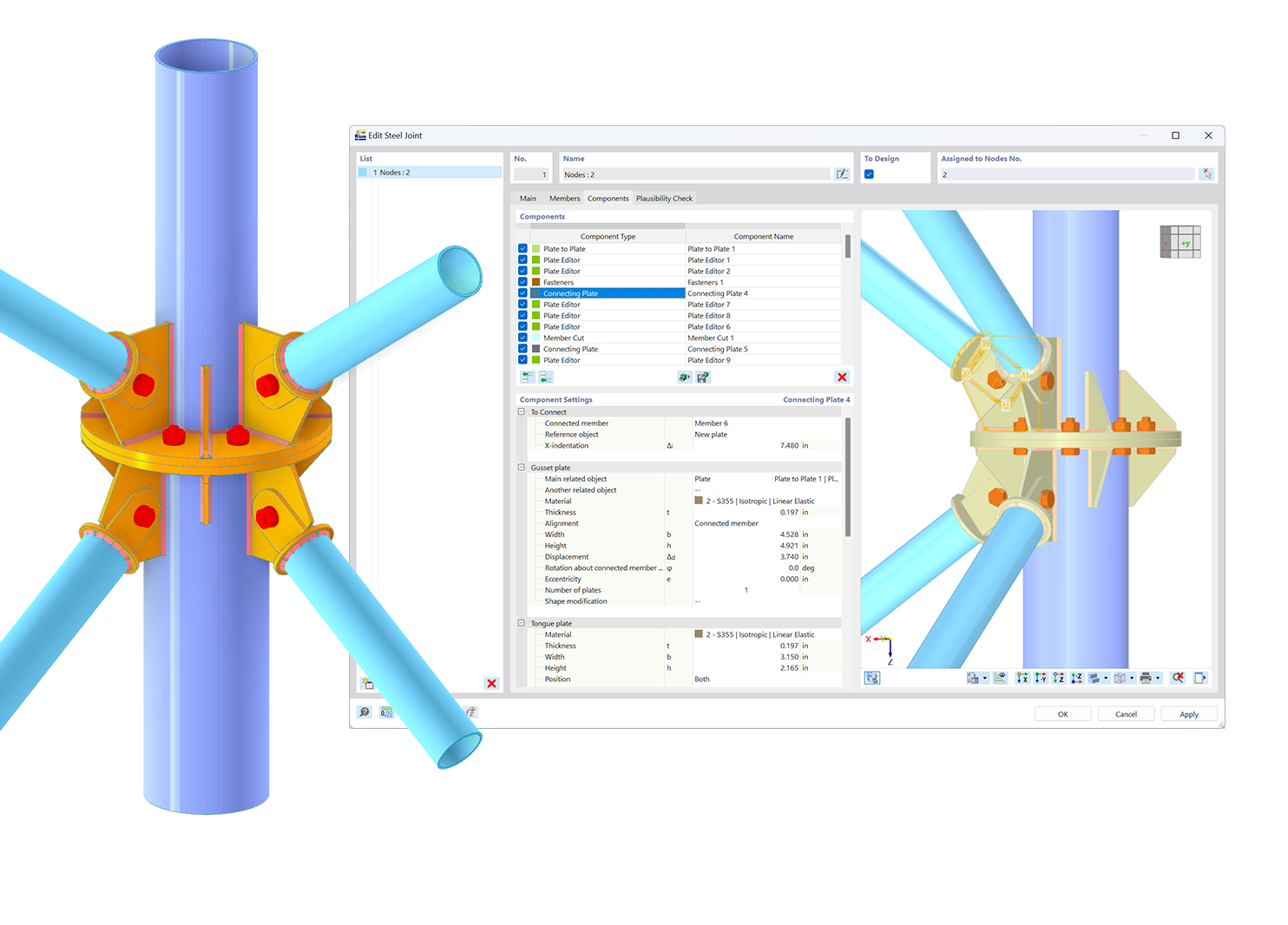.png?mw=600&hash=49b6a289915d28aa461360f7308b092631b1446e)